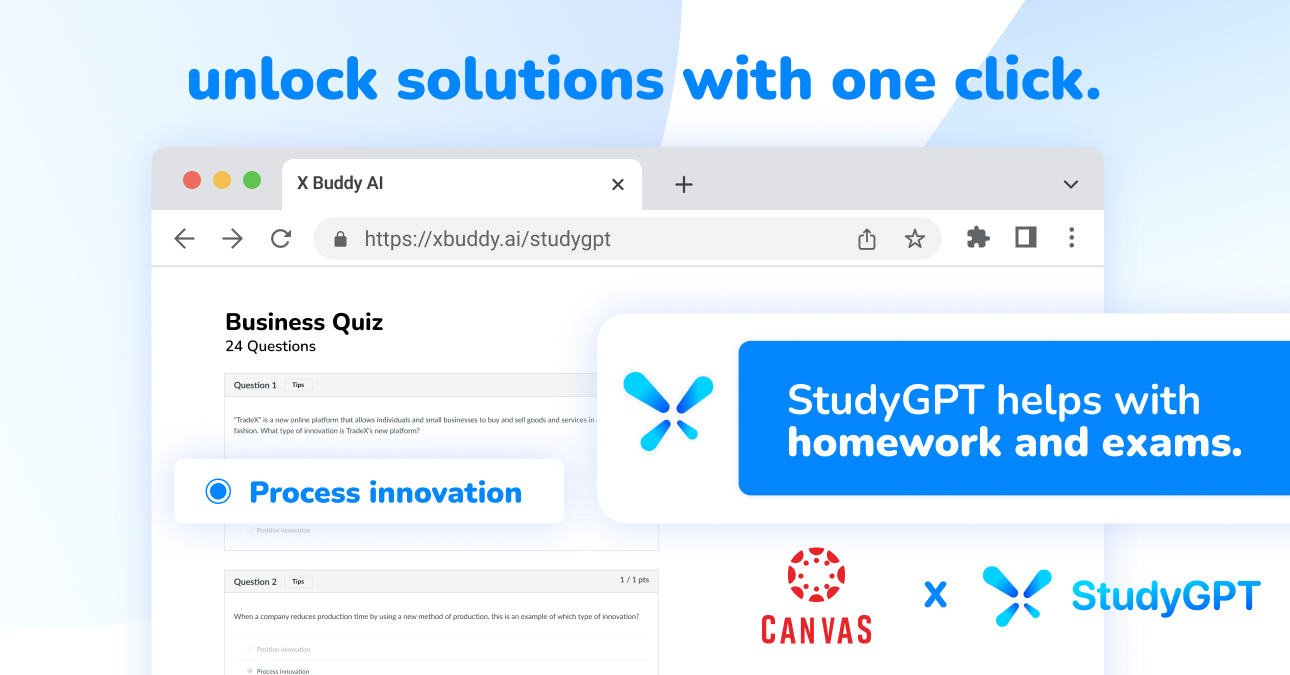Artificial Intelligence (AI) is changing many fields quickly, and education is no different. Artificial Intelligence (AI) presents novel tools and methods for teaching English that improve the learning process and increase its effectiveness and engagement. This article examines the use of AI in English instruction and how it facilitates language acquisition.

Exploring the Application of AI in English Teaching
The application of AI in English teaching can be seen in several key areas, each contributing to a more personalized and efficient learning environment:
1. Personalized Learning Paths: AI algorithms analyze individual learning patterns and adapt content to meet each student's unique needs. This personalization ensures that learners receive targeted instruction that caters to their specific strengths and weaknesses.
2. Adaptive Learning Systems: These systems use AI to dynamically modify the exercises' level of difficulty according to how well the learner does. The approach ensures ongoing improvement by presenting increasingly difficult material to pupils as they get better.
3. Automated Grading and Feedback: AI-powered technologies are able to grade assignments and offer immediate, thorough feedback. In addition to saving teachers time, this enables pupils to recognize and fix errors fast.
4. Natural Language Processing (NLP): AI is now able to comprehend and produce human language thanks to NLP technology. NLP can be used in English instruction for automated essay scoring, grammar checks, and even for having interactive conversations with AI chatbots.
5. Speech Recognition and Pronunciation: Real-time feedback on spoken English is provided by AI-driven speech recognition technology, which assists learners with their pronunciation by highlighting areas that require development.
How AI Helps Us Learn English
AI tools significantly enhance the English learning process through various means:
1. Interactive Learning Experiences: AI creates immersive learning environments through virtual tutors and chatbots. These tools simulate real-life conversations, enabling learners to practice speaking and listening skills in a low-pressure setting.
2. Immediate Corrections and Feedback: AI applications can instantly identify grammatical errors, suggest vocabulary improvements, and provide explanations. This immediate feedback helps learners understand and correct their mistakes on the spot.
3. Engaging and Relevant Content: AI curates content based on the learner's interests and proficiency level, ensuring that learning materials are both engaging and appropriately challenging.
4. Gamification Elements: Many AI-driven English learning apps incorporate gamification, such as quizzes, challenges, and rewards. This approach makes learning fun and motivates students to practice consistently.
Introducing StudyGPT

StudyGPT is a state-of-the-art AI-powered tool designed to revolutionize English learning. Combining advanced AI technologies, StudyGPT offers a comprehensive suite of features tailored to enhance every aspect of language acquisition.
Features of StudyGPT
1. AI Tutor: StudyGPT's AI Tutor provides personalized lessons that adapt to the learner's progress. It offers a customized learning path, ensuring that each student receives the appropriate level of challenge and support.
2. Grammar and Writing Assistant: This tool uses NLP to check grammar, punctuation, and writing style in real-time. It also provides suggestions for improving sentence structure and expanding vocabulary.
3. Pronunciation Coach: Utilizing advanced speech recognition technology, the Pronunciation Coach helps learners improve their accent and pronunciation by offering detailed, real-time feedback and corrections.
4. Vocabulary Builder: StudyGPT's Vocabulary Builder curates word lists based on the learner's level and interests. It includes interactive flashcards, quizzes, and spaced repetition techniques to enhance vocabulary retention.
How to Use StudyGPT
1. Personalized Lessons: Begin by taking an initial assessment to determine your proficiency level. StudyGPT will then create a tailored learning path that adapts as you progress, ensuring that you always face the right level of challenge.
2. Interactive Practice: Use the AI Tutor for interactive lessons and practice exercises. Engage with AI chatbots to simulate real-life conversations and improve your speaking and listening skills.
3. Writing and Grammar Improvement: Utilize the Grammar and Writing Assistant to check your written work. Receive instant feedback on grammar, style, and vocabulary usage, and incorporate suggestions to enhance your writing skills.
4. Pronunciation Enhancement: Regularly practice with the Pronunciation Coach to refine your accent and pronunciation. Receive immediate feedback and make necessary adjustments to sound more like a native speaker.
5. Building Vocabulary: Use the Vocabulary Builder to learn new words and phrases. Engage with interactive flashcards and quizzes to reinforce your knowledge and improve your retention of new vocabulary.
Conclusion
AI is transforming the way we learn English by providing personalized, interactive, and engaging learning experiences. StudyGPT, with its comprehensive suite of AI-powered features, is at the forefront of this transformation. By leveraging StudyGPT, learners can improve their English skills more efficiently and effectively. Embrace the power of AI in your English learning journey with StudyGPT and experience the difference it can make. It's crucial to keep in mind that before distributing any AI-generated content to students, it must be thoroughly reviewed and edited. Artificial intelligence (AI) tools may produce an answer that is not accurate or relevant if a prompt is not explicit or is misinterpreted. By requesting AI systems to provide sources and links for the information they provide and by making an effort to provide prompts that are as explicit and detailed as feasible, you can reduce the amount of inaccurate information and enhance the generated responses. Though it takes some getting used to it, AI assistants in the classroom can be a great help if you take the right safety measures and pay close attention to detail.